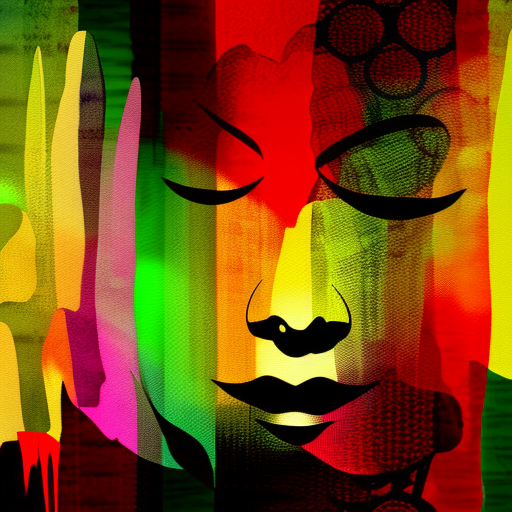The Buddha in the Attic: A Powerful Tale of Japanese Picture Brides in America
The Buddha in the Attic, written by Julie Otsuka, is a poignant and powerful novel that tells the story of Japanese picture brides who traveled to America in the early 1900s. Through a collective voice, the book explores the hopes, dreams, and struggles of these women as they navigate a new and unfamiliar world. Otsuka’s lyrical prose and unique narrative style make this a compelling and unforgettable read.
The Journey to America: Dreams and Expectations
The book begins by introducing us to a group of young Japanese women who have left their homeland to marry men they have never met in America. These picture brides, as they were called, had high hopes and dreams of a better life. They imagined themselves living in beautiful houses, surrounded by loving husbands and children. They believed that America would offer them opportunities for success and happiness. However, the reality they faced upon arrival was far from what they had imagined.
Struggles and Hardships: The Reality of Life in America
Once in America, the picture brides faced numerous challenges and hardships. They were often met with disappointment as they discovered that their husbands were not the men they had imagined. Many of the women were forced into labor-intensive jobs, working in fields or as domestic servants. They faced discrimination, racism, and isolation from the wider American society. The women endured long hours of work, meager living conditions, and the constant struggle to make ends meet. Despite these difficulties, they persevered and found strength in their shared experiences.
World War II and the Aftermath: Loss and Resilience
The lives of the picture brides took a dramatic turn with the outbreak of World War II. Following the attack on Pearl Harbor, Japanese Americans were subjected to widespread suspicion and prejudice. The women and their families were forcibly removed from their homes and placed in internment camps. They were stripped of their belongings, their dignity, and their sense of belonging. The war shattered their dreams and disrupted their lives, but even in the face of adversity, the women showed remarkable resilience and strength.
Throughout the book, Otsuka skillfully weaves together the stories of these women, capturing their collective experiences and emotions. The narrative is written in the first-person plural, giving voice to the shared struggles and triumphs of the picture brides. This unique storytelling technique creates a sense of unity and solidarity among the characters, while also highlighting the universal themes of love, loss, and the search for identity.
Key takeaways from The Buddha in the Attic include:
- The power of hope and dreams: The picture brides embarked on their journey to America with high hopes and dreams of a better life, only to face harsh realities.
- The resilience of the human spirit: Despite the challenges they faced, the women found strength within themselves and in their shared experiences.
- The impact of discrimination and prejudice: The book sheds light on the discrimination and racism faced by Japanese Americans during World War II, highlighting the importance of empathy and understanding.
As Otsuka beautifully writes, “We were like the wind, invisible, unnoticed, and yet we moved through the world, leaving our mark.” The Buddha in the Attic is a haunting and thought-provoking novel that gives voice to the forgotten stories of Japanese picture brides, reminding us of the resilience and strength of those who came before us.












